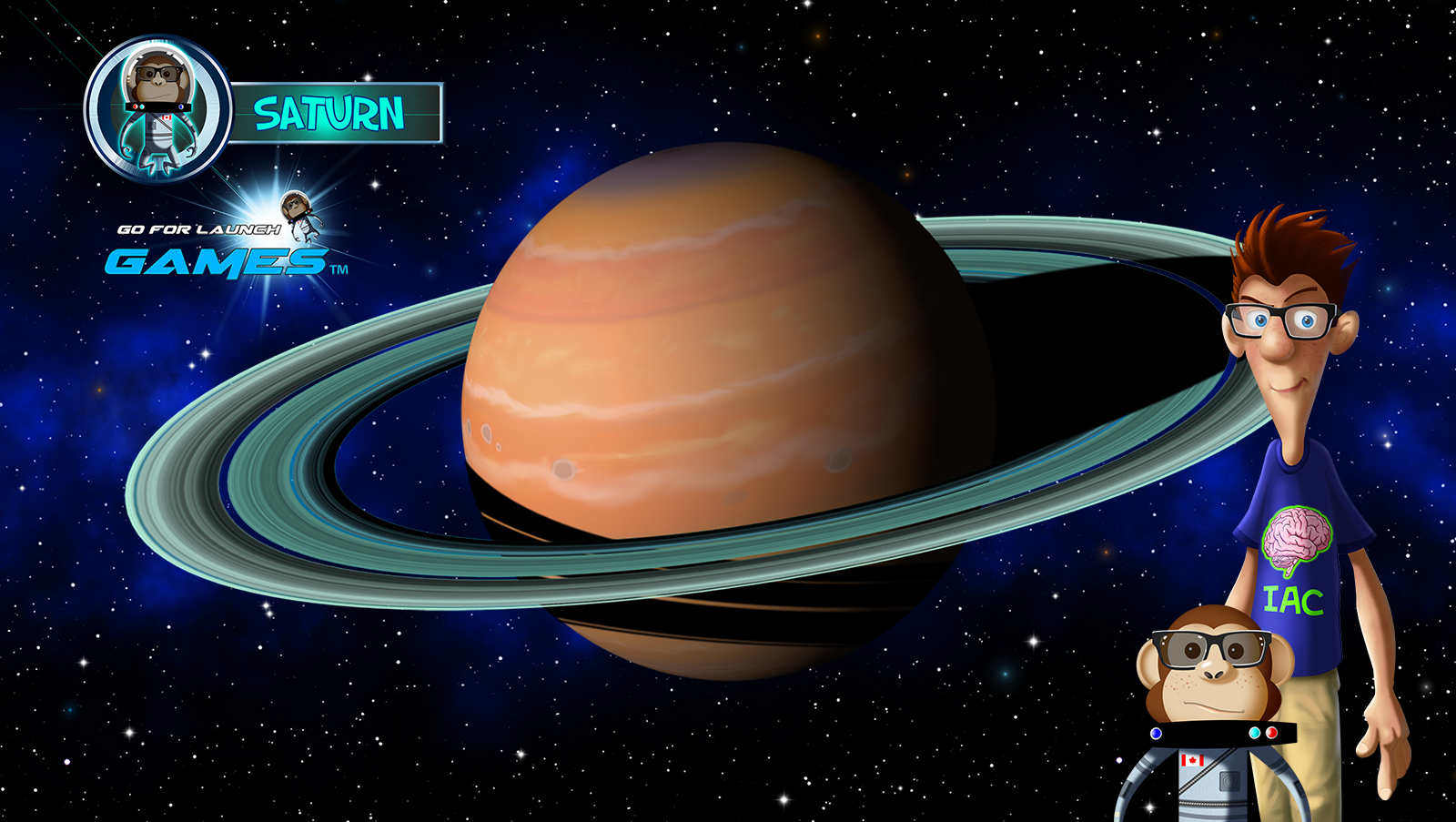Learn about the Solar System in Skip's in app Astro Lounge that contains over 270 facts about the 8 planets and the sun, the Moon and the Asteroid Belt.
See all the cool facts about our
Solar System on our Official Site
Our
Sun is the star at the center of our Solar System. It is the engine that
drives our Solar System and without which life on Earth would be
impossible. For us it is everything, yet it is just one of more than 200
billion ordinary stars in our galaxy alone!
Mercury is a defenseless and
barren world. With no atmosphere to speak of nothing protects it from the
onslaught of cosmic debris that bombards its surface constantly. NASA’s
Mariner probe has provided detailed maps of Mercury’s surface and the images of
countless craters within craters within craters are visual evidence of the onslaught
of asteroids and comets that have bombarded Mercury throughout its 4.6 billion
years of existence.
Venus is also known as Earth’s sister planet or Earth’s twin because of their similarities. They are similar in size, mass and diameter and Venus is the closest planet to Earth, but there are huge differences too.
For most of humanity’s existence we have gazed at the stars and dreamt of the worlds beyond our own. But we now live in a time when science and dreams have combined to literally blast us from Earth and launch us towards the stars. We will never be the same again.
Our Moon is our only natural satellite and is very precious to us for without it we would not exist!

Mars has long been the subject of Science Fiction fantasy and was once believed to be home to Martians who built fantastic cities and whom one day we would visit.
The Asteroid belt, also known as the main belt, lies in the region of space between Mars and Jupiter. It is composed of the debris left over from the explosion which created our Sun but never formed into planets.
Jupiter is the largest planet in our Solar System and the largest of the four Gas Giants. Visible to the naked eye it has, since ancient times, been imbued with power, yet it is only recently that we have come to appreciate the true influence Jupiter exerts on our Solar System.
Saturn is most well known for its spectacular rings. Saturn is a planet of beauty and mystery and a place where we can still see the processes that built our Solar System in action today.
Uranus is the first planet to be discovered in modern history, with the use of a telescope. It was discovered in 1781 by Sir William Herschel.
Neptune has the distinction of being the first planet to
have been discovered by mathematical prediction rather than observation.
Alexis Bouvard, a French astronomer, hypothesized its existence because of
irregularities in Uranus’ orbit.
Using Bouvard’s predictions Johann Galle first observed
Neptune through a telescope in 1846.
















No comments:
New comments are not allowed.